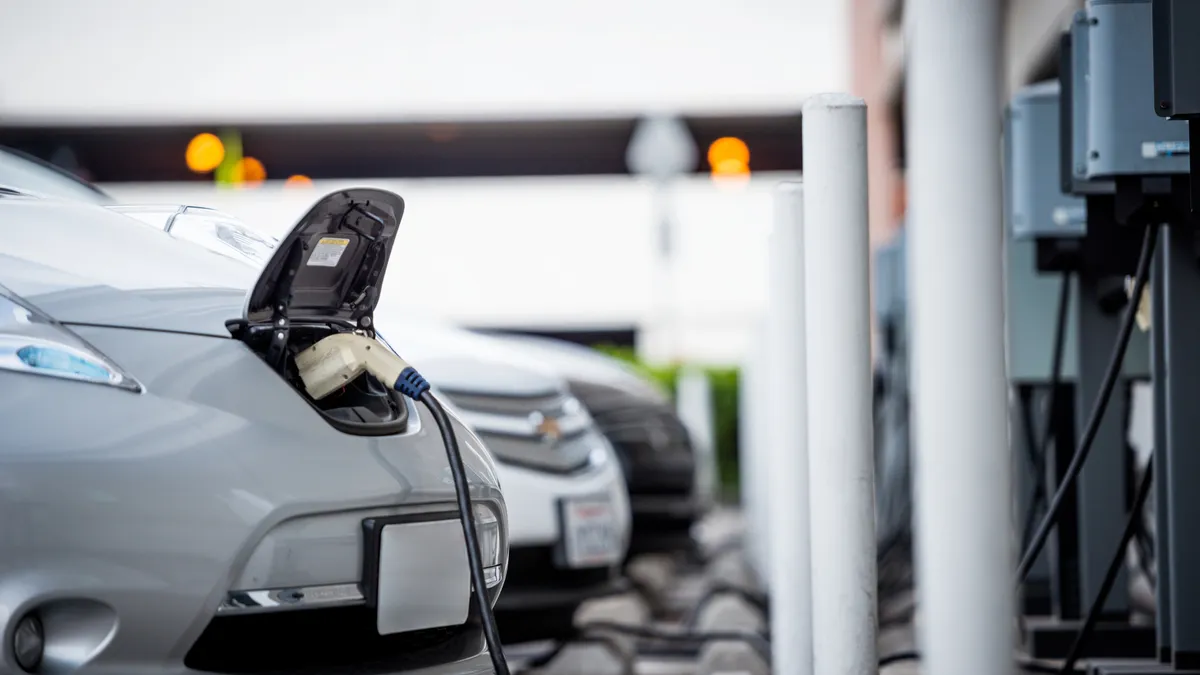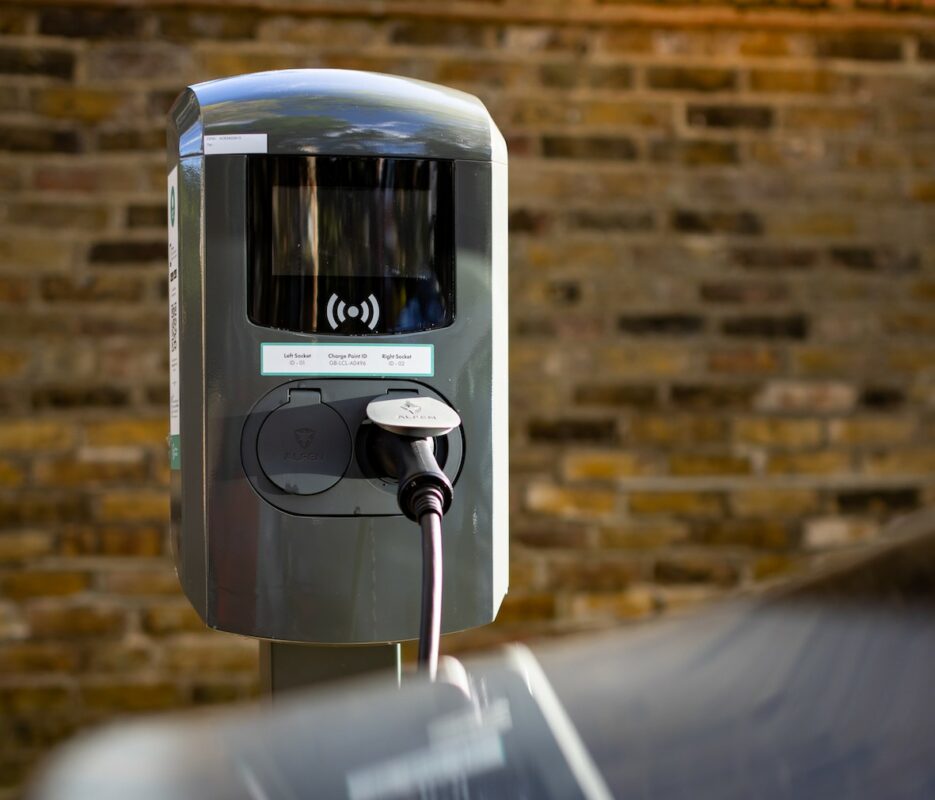What’s Driving the Growth of EV Infrastructure? Buy EV Charging news for Key Updates
What’s Driving the Growth of EV Infrastructure? Buy EV Charging news for Key Updates
Blog Article
Top EV Charging Information: Trick Updates on Infrastructure and Advancement

Current Developments in Fast-Charging Technology

Additionally, advancements in battery modern technology, including enhanced thermal monitoring systems and higher power thickness batteries, enhance fast-charging abilities. These growths mitigate the danger of battery destruction during quick charging, making sure long life and performance for EV owners.
In addition, the integration of smart billing remedies is improving customer experience, enabling real-time tracking and vibrant rates models. EV Charging news. This flexibility allows motorists to maximize billing expenses and times based on grid need
As car manufacturers continue to purchase fast-charging networks, the cooperation in between industry stakeholders is important. Collaborations in between billing station carriers and vehicle producers are leading the method for considerable insurance coverage, inevitably promoting an extra durable EV environment. These improvements are essential in supporting the change to sustainable transport.
Government Initiatives for Billing Development
Government initiatives play a critical duty in the development of electrical lorry (EV) billing infrastructure, promoting the transition to lasting transport. Different government and state programs are being implemented to boost billing accessibility, lower the monetary problem on consumers, and promote the adoption of electrical lorries.
Significantly, the united state government has actually designated considerable funding via the Framework Financial Investment and Jobs Act, which allocates $7.5 billion for EV billing network development throughout the nation. This financing is aimed at deploying thousands of new charging terminals, specifically in underserved areas, consequently dealing with array anxiousness amongst potential EV customers.
Additionally, various states are passing regulations to simplify the permitting process for billing terminal installments, which is crucial for increasing release. Motivations such as tax obligation credit histories and refunds for both consumers and companies are additionally being introduced to motivate the installation of charging facilities.
Furthermore, public-private collaborations are significantly ending up being a focus, leveraging exclusive financial investment to enhance federal government financing. These initiatives emphasize a collective technique crucial for building a effective and detailed EV charging network, ultimately adding to a greener and more lasting future.
Innovative Battery Solutions Enhancing Efficiency
Reinventing the landscape of electric vehicle (EV) innovation, innovative battery options are dramatically boosting performance and efficiency. Advances in battery chemistry, particularly with lithium-sulfur and solid-state batteries, are causing increased power thickness, which allows for longer ranges and faster billing times. These new battery kinds have the prospective to outperform typical lithium-ion batteries by using greater capabilities while minimizing weight, thereby improving total car performance.
Furthermore, advancements in battery monitoring systems (BMS) are enhancing power usage and extending battery lifespan. Smart algorithms keep track of battery health and wellness and efficiency, enabling real-time adjustments to charging and discharging procedures. This not just improves the efficiency of the battery however likewise makes certain an extra sustainable and dependable energy resource for EVs.
Moreover, the combination of reusing technologies is attending to the environmental influence of battery production and disposal. Innovations in second-life applications for EV batteries are facilitating their use in power storage space systems, adding to a round economy.
As these ingenious battery solutions remain to progress, they guarantee to change the EV market, making electric vehicles a lot more easily accessible and attractive to a wider target market while supporting worldwide sustainability objectives.

Cooperation Between Automakers and Charging Networks
Recognizing the important requirement for a durable charging infrastructure, automakers are progressively teaming up with charging network providers to enhance the EV ownership experience (EV Charging news). These collaborations intend to develop a seamless charging environment that profits customers and supports the change to electric vehicles
Significant auto brands are joining forces with well-known charging networks to expand their billing station protection, making sure drivers have accessibility to practical and dependable charging options. Collaborations with networks like ChargePoint and Electrify America allow automakers to integrate charging solutions straight into their cars' navigation systems, directing users to the local terminals and offering real-time schedule updates.
In addition, these partnerships often result in the advancement of fast-charging modern technologies that considerably lower the moment needed to recharge an EV. By pooling resources and knowledge, automakers and billing networks can innovate quicker, producing solutions that satisfy the expanding need for electrical wheelchair.
In addition, joint campaigns may likewise cause more standardized charging protocols, which can ease consumer complication and advertise wider EV fostering. Overall, these calculated partnerships are pivotal this article in developing a straightforward and efficient charging framework that meets the needs of a broadening electrical automobile market.
Challenges Dealing With EV Billing Framework
As the electric vehicle market remains to expand, numerous challenges are surfacing that impede the advancement of a thorough charging infrastructure. One of the primary challenges is the inadequate variety of billing terminals, particularly in rural and underserved urban areas. This gap creates variety stress and anxiety amongst possible EV customers, hindering them from making the button.
Additionally, the absence of standardization in billing innovation makes complex the framework landscape. Variants in plug types and billing rates can create complication for individuals and raise functional intricacies for billing network operators. The combination of charging stations right into existing electric grids postures significant obstacles. Numerous areas deal with capability limitations, needing considerable investments in grid upgrades to accommodate increased need.
Another pushing issue is the high price linked with the setup and upkeep of billing stations, which can be an obstacle for both public entities and exclusive companies. Finally, governing hurdles and zoning constraints can delay the release of charging framework, hampering progress in increasing vital services. Dealing with these obstacles will be vital for fostering a robust EV ecological community that supports the shift to lasting transportation.
Conclusion
Finally, the ongoing innovations in EV charging innovation, supported by substantial government initiatives and ingenious battery remedies, are essential for the growth and effectiveness of electrical automobile framework. Cooperations in between automakers and charging carriers visite site further enhance station coverage, dealing with the expanding demand for easily accessible billing choices. Despite difficulties that continue within the EV charging landscape, these developments signify a positive trajectory in the direction of an extra effective and sustainable electric vehicle community.
Innovations in charging framework have actually led to the growth of ultra-fast battery chargers capable of delivering up to 350 kW of power, significantly lowering billing times. Variations in plug types and billing rates can create complication for individuals and raise operational intricacies for billing network drivers.In verdict, the recurring advancements blog here in EV charging modern technology, sustained by substantial government initiatives and cutting-edge battery options, are important for the expansion and performance of electric vehicle facilities. Partnerships in between automakers and charging providers additionally enhance terminal protection, addressing the growing need for accessible charging alternatives. Regardless of obstacles that persist within the EV billing landscape, these growths signify a positive trajectory towards a much more efficient and sustainable electrical car ecological community.
Report this page